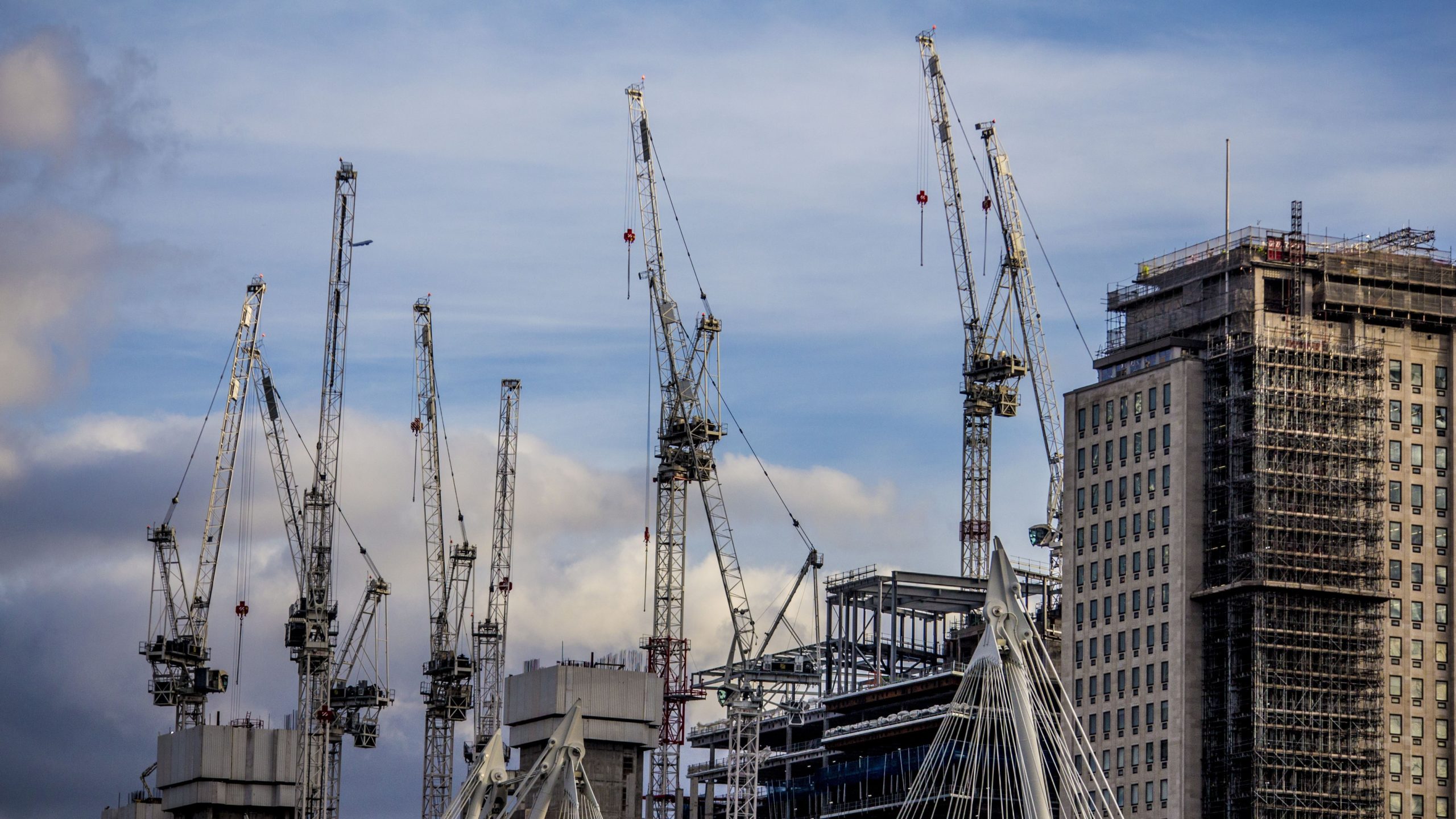
Simon Lewis examines how the government’s draft contract as part of the ‘building safety pledge’ works and how it expects to get developers to sign up.
On 13 July 2022, in the latest update to building safety, the government published the draft contract that it expects large developers to sign, committing them to remediating unsafe buildings in England with which they are associated.
The government began negotiations with developers in February 2022 following on from the major amendments to what was then the Building Safety Bill. The intention was to persuade (or threaten) the industry into paying for remedial works rather than allow this cost to fall on leaseholders.
In April 2022 we saw the details of a “building safety pledge” that developers were expected to sign. The pledge requires signatories to fix “life-critical fire-safety issues” on all buildings of 11m and above that they have developed or refurbished since 5 April 1992 (except those in which they acted solely as a contractor).
This time period ties in with the new 30-year retrospective limitation period for claims under section 1 of the Defective Premises Act.
Those developers signing the pledge are now expected to formalise their commitment in the form of a binding contract with the government. The government has confirmed that 48 developers have now signed up to the pledge and it aims to finalise the terms of the contract with those developers by the end of August 2022.
The draft contract
The draft contract is not, of course, in its final form and is subject to consultation. Heavily caveated, the draft states that not only are the terms subject to change they may be “revised in their entirety”. Presumably, however, we can assume that this is the structure and risk allocation the government is seeking.
“Perhaps not surprisingly, the draft terms strongly favour the government. Notably, they also give freeholders and leaseholders a direct right of recourse against the signatory developers.”
Perhaps not surprisingly, the draft terms strongly favour the government. Notably, they also give freeholders and leaseholders a direct right of recourse against the signatory developers (known as ‘participant developers’) in respect of the performance of their obligations under the contract through the use of the Contracts (Rights of Third Parties) Act 1999.
The first part of the draft contains what are referred to as ‘self-remediation terms’ (SRTs) that will apply to contracts that are to be entered into between a participant developer (PD) and the department (DLUHC). Annex 1 to the draft contains a Definitions and Interpretation section and Annex 2 is the pro forma contract to be entered into by the secretary of state for levelling up, housing and communities and the individual PDs. Annexes 3 and 4 then contain pro forma data reports referred to in the SRTs.
Descriptive paragraphs
The intention is that the contract itself will incorporate the SRTs which will form an appendix to the contract. Many of the paragraphs in the SRTs might best be described as descriptive rather than setting out precise legal obligations. Others are fairly general: for example, clause 6.1 of the SRTs requires the PD to undertake the relevant work “as soon as reasonably possible”.
It is unlikely that these paragraphs will remain as currently drafted when they are passed down the contractual chain by the PDs to those responsible for actually carrying out the work.
The PD is also required to enter into a contract with the ‘responsible entity’ for each relevant building. The responsible entity is that body responsible for the management of the building, whether through owing the freehold or the superior leasehold interest, or through a management agreement. The intention is that this contract will facilitate the relationship between those responsible for the remedial works (the PD) and those responsible for and living in the building.
Obviously, we are at an early stage of development, albeit the timetable is tight. It will be interesting to see how the PDs that have already signed up to the pledge will approach these proposals.
Simon Lewis is partner in the construction and Engineering team at Womble Bond Dickinson
Comments
Comments are closed.












Our developer is imposing a retrofit sprinkler solution on us, saying it will pay a sum it has come up with for the works (but not carry out the works itself) and not reimburse us any of the costs we (leaseholders) have incurred to date, including for a fire alarm system, without which their solution would not achieve B1. Are they acting within the requirements of Pledge and proposed contract?